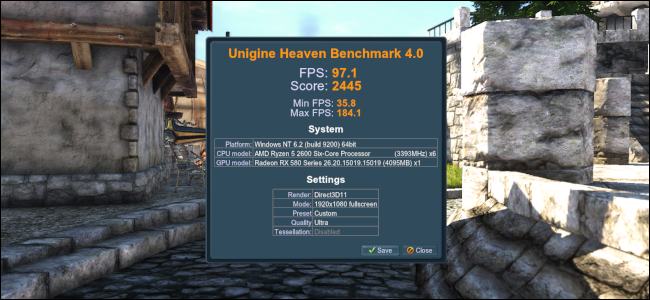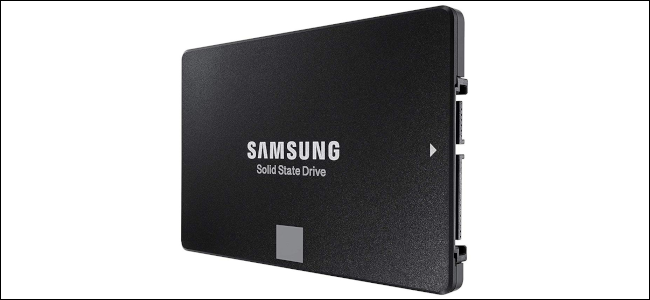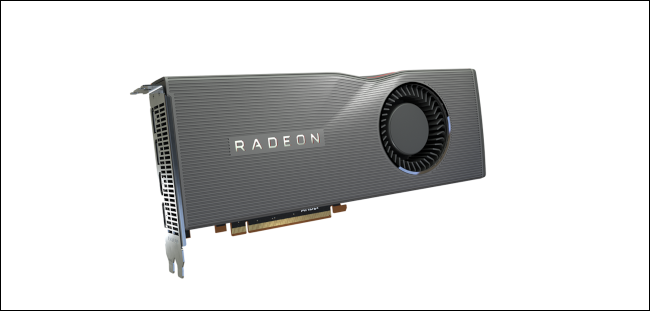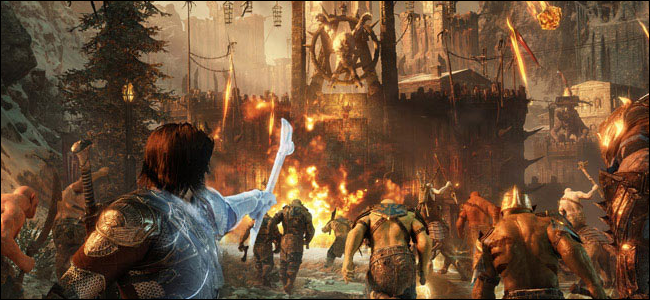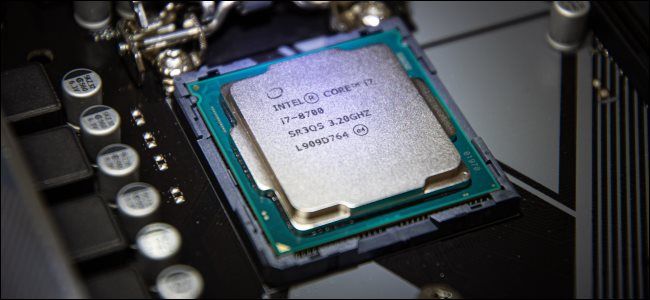Quick Links
When it's time to buy a new PC, upgrade your graphics card, or swap out your storage, you'll see one word repeatedly: benchmarks. But how representative are benchmarks of real-world performance?
What Is a Benchmark?
A benchmark is a test or series of tests designed to push the performance of your system or component to see what it's capable of. For graphics cards, this usually means a graphics-heavy scene from a video game, or one that could be in a video game. The latter is called a synthetic benchmark, and there are many options, such as Unigine Heaven, 3DMark, and PassMark.
For CPUs, benchmarks are about workload and how quickly it can carry out instructions. Since there are so many operations a PC can carry out, you’ll find that different CPUs perform better at one task than others. Some might be better at running productivity software, while others excel at 3D rendering, and so on.
There are standard benchmark suites to test CPUs, such as PCMark 10, which runs your computer through a series of tests. For example, it tests how your system handles working with spreadsheets, as well as tasks like photo editing, video calls, physics calculations for gaming, and web browsing. Another popular tool to see how a CPU handles video rendering is CineBench.
CPU benchmarks can also involve specific real-world tasks, such as compressing a large folder into a ZIP file or loading an application with a large file.
Finally, for testing SSDs and hard drives, it comes down to how quickly a drive can read and write (save) data to the drive. This is usually performed with a benchmark program that conducts sequential and random read-and-write tests.
Sequential means a large block of data is read or written from contiguous locations on the disk, while random is the opposite. There are also large file tests (around 50 GB) during which the drive’s internal cache is stressed (running out of cache tends to slow a drive to a crawl).
Context Is Everything
When examining benchmarks, you have to keep context in mind. This includes how one CPU or graphics card performs compared to another, which tests were carried out, and under what conditions.
Common issues, such as how much RAM a system has, the kind of cooling it uses for the CPU and GPU, or how well a case takes in cool air and expels hot, can all impact performance. Heat is a big deal for PCs, as components ratchet down performance the hotter they get as a survival mechanism.
This is a good thing! You wouldn’t want components that drive themselves until they literally melt or damage sensitive internal parts.
Speaking of heat, even the testing room itself can have an impact on performance. A gaming PC performs better in a room that stays around 72 degrees Fahrenheit in the summer. It's a lot harder to keep a PC cool in a hot room.
Those are the basic issues to consider for hardware. However, each benchmark needs a comparative context to understand the results.
Graphics Card Benchmarks
Generally, gamers are looking for graphics cards that can hit 60 frames per second. This is the "golden zone," at which games perform smoothly and the graphics really look good. Anything below that, and you'll run into stuttering, jumpy character movement, and low-resolution rendering.
There are two broad considerations to consider when it comes to graphics card performance: resolution and settings. A graphics card might not perform well at 4K resolution, but might be an absolute monster at 1080p. This is why when looking at benchmarks, it’s critical to consider the resolution.
When it comes to graphics settings, there are four general automatic presets for video games: Ultra, High, Medium, and Low. It can get a lot more complicated if you manually tweak settings. However, those four categories are how games are automatically set based on a system’s capabilities. Most reviews use the Ultra setting to benchmark, unless otherwise specified.
An ideal graphics card can pump out around 70 frames per second or more on 4K with Ultra settings on graphics-intensive AAA games. Cards with this kind of performance are generally expensive, however.
Anyone who's looking for cards on a budget will want to consider performance versus price. This will vary, depending on personal preferences and budget.
When reading a review, it also matters which games or synthetic benchmarks were used. Synthetic benchmarks can be useful for comparing one graphics card to another because the test will be consistent from one system to the next. The problem is synthetic benchmarks don’t necessarily provide a real-world view of current video games, or what you can expect in real gaming conditions.
Built-in video game benchmarks aren’t a perfect alternative, either. Many (but not all) games supply their own benchmarks. However, some of these aren't reliable because they aren't very active, nor do they reflect typical gameplay.
Other benchmarks are better because they use scenes you're likely to see in the game. Aside from trial and error, there’s no real way to know which in-game benchmarks are ideal, and which aren’t.
Additionally, a single game benchmark isn’t enough to understand how good a card is. You need multiple benchmarks to get a complete picture of the type of performance you can expect.
Let's look at a real-world example. Based on recent reviews, the Nvidia 2080Ti graphics card hits 150-160 frames per second in the game Middle-earth: Shadow of War at 1080p resolution on the Ultra graphics setting. This tells you the 2080 Ti is an excellent graphics card that performs well for this type of game. That doesn’t mean every game will hit those frame rates, though.
For example, based on some reviews, the 2080Ti isn’t getting past 90 FPS on the more intensive Ghost Recon Wildlands at the same resolution and graphics setting.
Looking at a variety of games and tests will give you a more overall picture of what you can expect from a graphics card before you plop it in your system.
CPUs and Storage Drive Benchmarks
CPU benchmark numbers are important, but they make the most sense when compared to other CPUs. Unlike graphics cards, there’s no real "golden zone" for CPU performance.
CPUs are workhorses that need to perform during all kinds of operations, including games, photo editing, crunching large spreadsheets, or just launching big programs. When looking at benchmarks for CPUs, you want to compare them to what other CPUs are doing.
If the CPU you want to use for work doesn’t perform that well in productivity applications, its gaming chops won’t matter. When it comes to CPUs, compare them based on what you intend to do with your PC.
The same goes for storage drives. Look at the speeds for read-write performance, and then compare those to other drives measured in the same review. Also, pay attention to large file transfer tests---especially if you move a lot of photos or videos between external storage and your PC.
Finally, keep in mind that benchmarks in reviews tend to use stock settings, not overclocking. Once you start overclocking a CPU or GPU, you can squeeze out more performance. However, the improvement varies based on a number of factors, right down to the individual build quality of the component you want to overclock.
If you get a CPU that performs really well when overclocking, for example, it's common to call that "winning the silicon lottery." This is because it unlocked potential another CPU with the same model number might not have.
A Helpful Guide
Benchmarks can be a helpful guide to how computer components perform, but the context matters. Compare your components and look at a wide variety of well-designed tests.
If you always keep in mind how you plan to use your PC, you can get a good sense of what to expect when you slap that precious new piece of kit into your setup.


